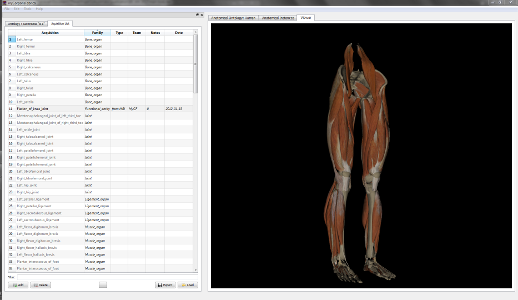
My name is Dicko Ali Hamadi, I hold a PhD in Applied Mathematics and Computer Science from the University of Grenoble, France. My thesis was on the construction of musculoskeletal systems for anatomical simulation under the supervision of the Professor François FAURE, the Professor and Neurosurgeon Olivier PALOMBI and the CNRS Researcher Benjamin GILLES. I am actually in a postdoctoral position at the INRIA Rhone-Alpes laboratory, as a member of the IMAGINE team. I’am working on the modelling and simulation of human body part to help the design and conception of medical devices. My research topics are :
Contact : ali-hamadi.dicko(at)inria(dot)fr Adresse : 655 Avenue de l’Europe, 38330 Montbonnot-Saint-Martin Téléphone : 04 76 61 52 00 |
Research topic
Teaching
I also worked at the University Pierre Mendes France as a monitor. I taught computer science in licence 1 and licence 2 during school years 2011-2012 and 2012-2013.
Publications
Here is the list of my publications:





